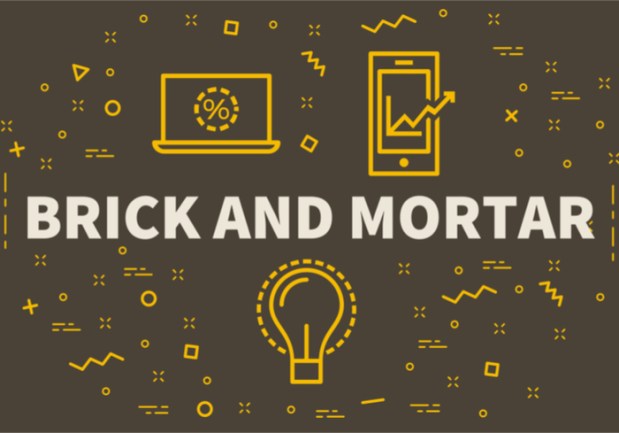How The Brick-And-Mortar Store Can Coexist With Delivery

When Foxtrot’s Mike LaVitola was studying at the University of Chicago’s Booth School of Business, he witnessed many on-demand mobile apps and business models coming to market. However, he, along with his co-founders, saw an opportunity beyond the standard restaurant or grocery delivery platform.
Their idea was to go out and find Chicago’s best products — the best donut or the best beer, for example — and then deliver those items to people in downtown Chicago in 60 minutes. In 2014, Foxtrot launched online, but the company opened its first brick-and-mortar store a year later.
When Foxtrot opened its store, initially the idea was to use the space to fill online orders. But the company decided to craft an in-store experience as well, creating a cozy neighborhood setting for their brick-and-mortar customers.
“It was a pretty inviting place,” Foxtrot Co-Founder Mike LaVitola told PYMNTS in an interview. “And [we] found out pretty quickly people liked the [brick-and-mortar] retail side of the business as well.”
Since then, Foxtrot has built the brick-and-mortar and eCommerce sides of the business in tandem. And both are important aspects of the business.
“The online business tend to be a little bit bigger,” LaVitola said. “But it’s right around 50-50.”
The Business Model
Foxtrot is hardly the only on-demand delivery platform that can deliver gourmet food — or even liquor. But compared to a service such as, say, Drizly, “We really focused on a much more rounded experience,” LaVitola said.
Foxtrot doesn’t just want to sell that cool bottle of bourbon; it also wants to offer that cool ice cream or tea too.
While the firm does offer curated products, it’s meant to serve customers every day — not just on holidays.
“We aim to serve whoever lives in the neighborhood,” LaVitola said. “We aren’t a special occasion business.”
Foxtrot caters to a young, professional crowd, with an average customer age of 33. Its most popular in-store item is coffee, while eCommerce consumers like to order wine and ice cream.
Beyond selling everyday products, Foxtrot offers a gifting service that allows customers to send a gift box — with a note — to a customer within one hour.
“We essentially take items that sell really well [for] everyday use and package them in interesting ways,” LaVitola said.
The Online Grocery Market
Foxtrot’s delivery service comes as the majority of U.S. grocery shoppers may purchase at least some of their groceries online within five to seven years, according to a Food Marketing Institute and Nielsen report, CNBC reported.
“There is a fundamental shift in retail, and we are seeing an acceleration,” Thom Blischok, global retail strategic advisor to Nielsen, said. “You can now find the basics of living online pretty easily.”
According to researchers’ estimates, 70 percent of shoppers will purchase some portion of their groceries online within five to seven years. Previously, both organizations believed it would take up to a decade for consumers to become interested in buying their groceries through online channels.
Their spending could reach $100 billion, greatly impacting grocery shopping in brick-and-mortar stores. Still, consumers are expected to conduct 80 percent of their spending offline.
As a result, larger grocery delivery players are expanding their eCommerce delivery efforts. Amazon, for example, is launching free two-hour delivery of Whole Foods groceries in Atlanta and San Francisco through Prime Now.
Customer Loyalty and Expansion
Foxtrot is constantly looking for ways to intertwine the eCommerce and brick-and-mortar aspects of its business. The company has a loyalty perks program that rewards frequent shoppers — regardless of the channel through which they choose to shop.
Customers who reach a certain spending level — $200 per quarter — can qualify for free delivery of their eCommerce orders or free drip coffee in the store.
“[That is] kind of a nice perk if you’re shopping with us all the time,” LaVitola said.
Foxtrot’s goal is to build the next-generation corner store and be the “go-to” market for the products it carries — and then bring the concept to more customers.
Currently, Foxtrot is expanding within Chicago, but it hopes to extend the reach of its retail operations beyond the Windy City to other major urban centers.
“We’ll be in another market by the end of the year and move pretty quickly after that,” LaVitola said.
